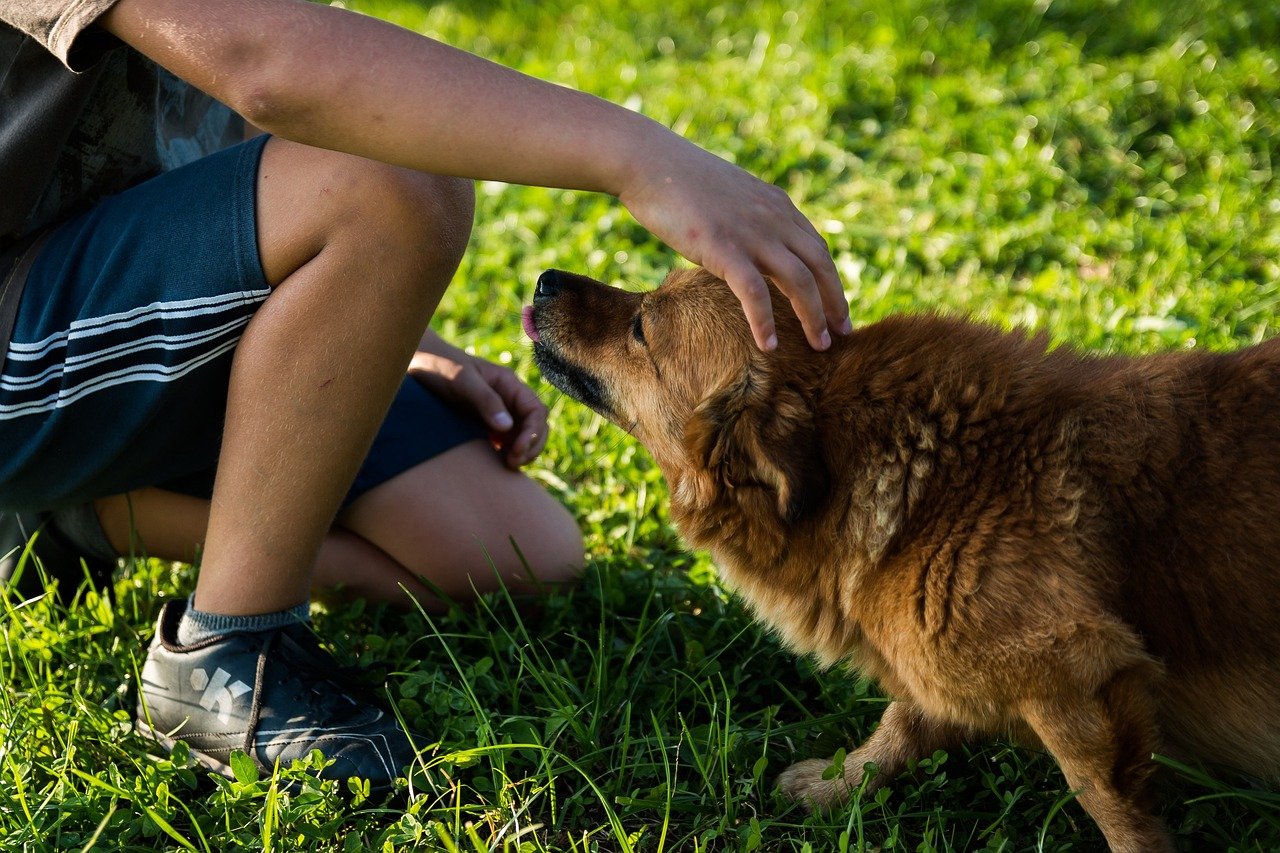Have you ever wondered if your furry friend is truly bonded with you? Dogs, like humans, express their emotions in various ways, and understanding these signs can strengthen your relationship. Let’s dive into the heartwarming world of canine affection and discover if your dog has formed that special bond with you or if they’re still in the warming-up phase.
Ever wonder if your dog is truly bonded with you or still feeling things out? Dogs have subtle ways of showing love, like following you around, seeking cuddles, and giving you those soft, trusting eyes. But if your pup seems a bit distant, avoids touch, or is slow to respond, they might just need more time and patience to feel safe. Every dog bonds at their own pace, and recognizing where you stand helps you deepen your connection. Let’s explore the clear signs that your dog is either fully devoted or still warming up to you.
1. Follows You Everywhere
One of the most obvious signs your dog has bonded with you is when they follow you from room to room. Like a shadow, your pup wants to be near you, showcasing their trust and affection. It’s their way of saying, “I want to be part of your world.” This behavior is similar to how a child might cling to a parent, seeking comfort and security. If your dog is your constant companion, it’s a strong indication that they see you as their trusted leader and friend.
2. Shows Excitement When You Return
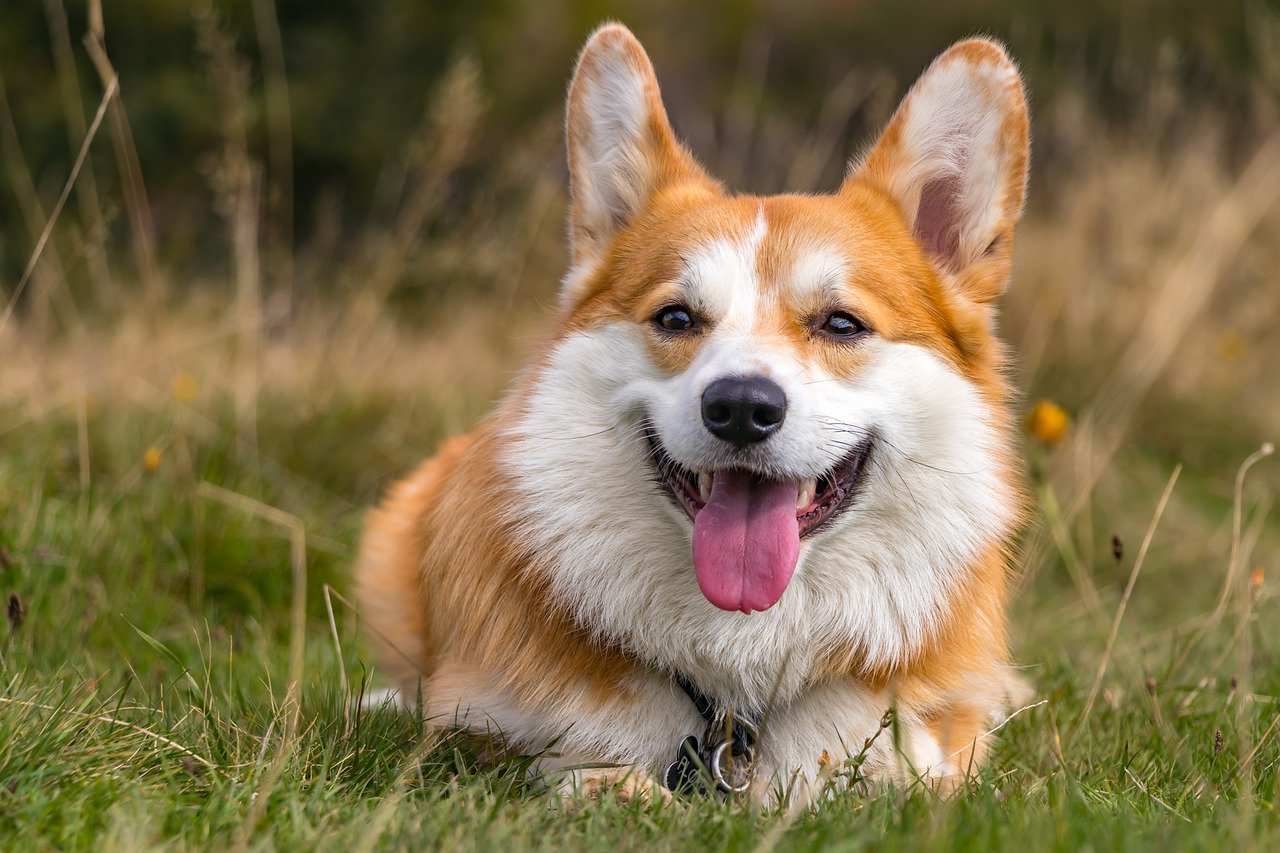
Does your dog greet you with a wagging tail and happy barks every time you return home? This excitement is a clear sign of bonding. Your presence brings them joy, and they can’t contain their happiness. It’s like when you reunite with an old friend after years apart, and the connection is still as strong as ever. If your dog jumps, licks, or even brings you their favorite toy, they’re expressing their joy in seeing you.
3. Seeks Physical Contact
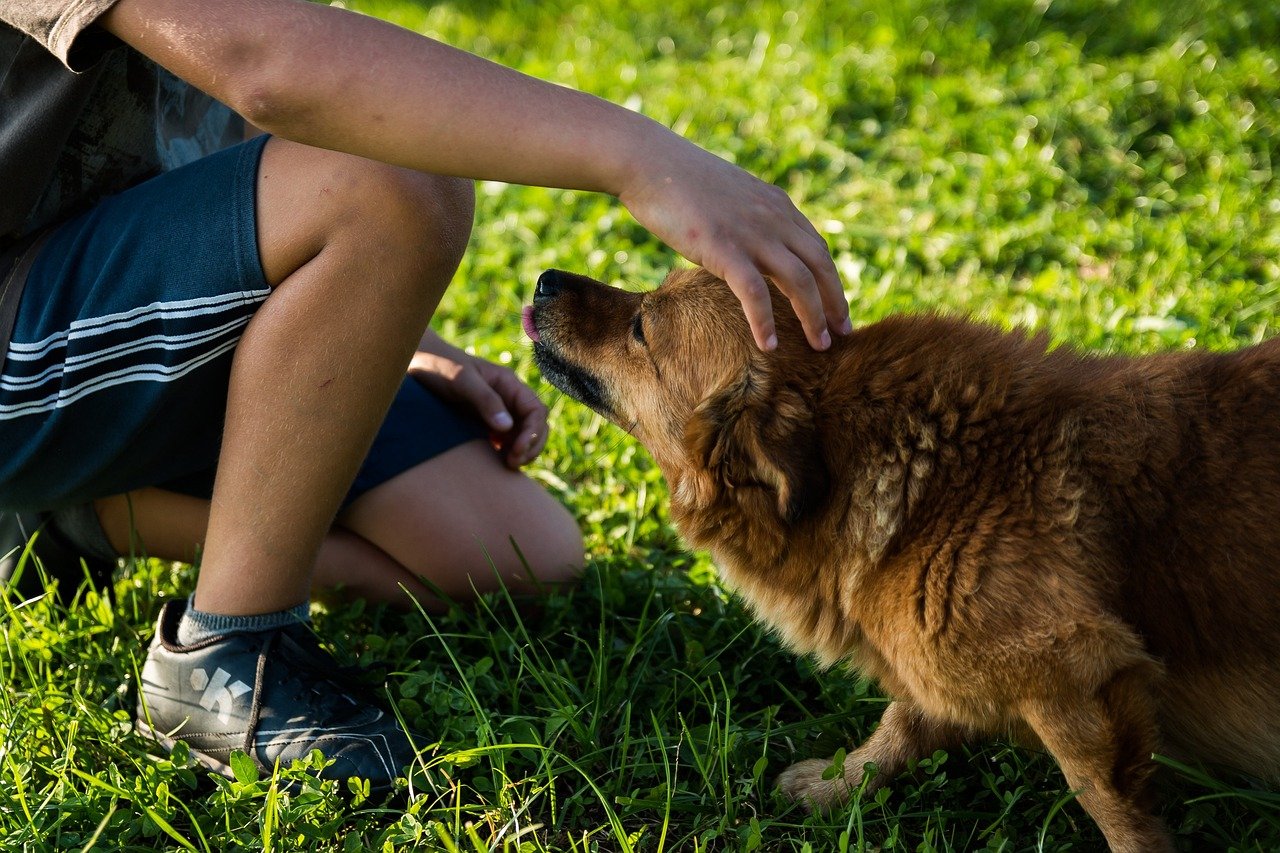
Physical touch is a universal sign of affection, and dogs are no exception. If your dog leans against you, rests their head on your lap, or nudges you with their nose, they’re showing their love. This behavior is akin to a comforting hug from a loved one. Dogs crave closeness with those they trust, and these gestures are their way of saying, “I feel safe with you.”
4. Makes Eye Contact
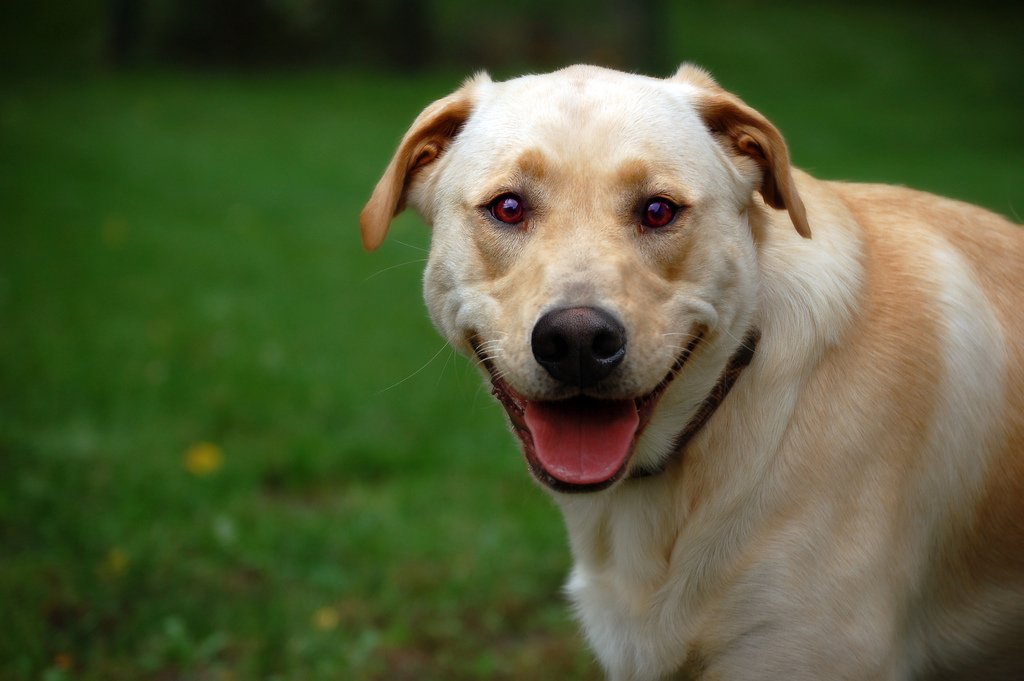
Eye contact can be a powerful bonding tool. When a dog looks into your eyes, it releases oxytocin, the “love hormone,” in both of you. This mutual gaze is a sign of deep trust and affection. It’s similar to how humans feel connected when looking into a loved one’s eyes. If your dog maintains eye contact with you, it’s a strong sign they feel bonded and secure.
5. Brings You Their Favorite Toys

Sharing is caring, and when your dog brings you their favorite toy, it’s a gesture of love. They’re offering you something precious to them, much like a child sharing their favorite teddy bear. This behavior indicates trust and the desire to engage with you in play, which is a strong bonding activity. It’s their way of saying, “I want to share my happiness with you.”
6. Sleeps Near You
Where your dog chooses to sleep can tell you a lot about their feelings. If they prefer to sleep in your room or on your bed, it’s a sign they feel comfortable and safe with you. This behavior is similar to how pack animals sleep close to one another for warmth and security. If your dog curls up beside you, it’s a heartwarming sign of their bond with you.
7. Responds to Your Emotions
Dogs are incredibly intuitive and can pick up on human emotions. If your dog comforts you when you’re sad or celebrates with you when you’re happy, it’s a sign of a strong bond. Much like a friend who knows when you need a shoulder to lean on, your dog senses your mood and responds accordingly. This empathy is a testament to the deep connection you share.
8. Protects You
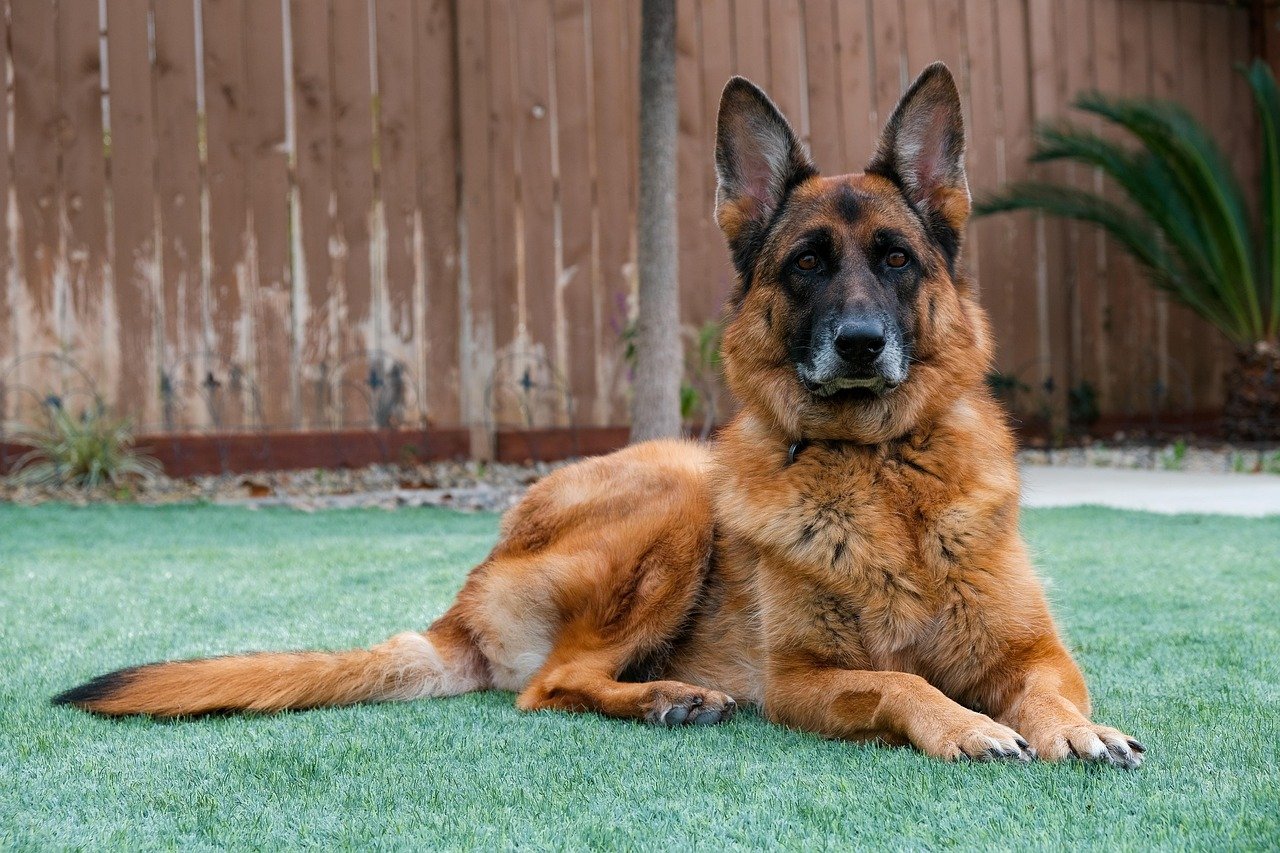
Dogs are naturally protective of those they love. If your dog stands between you and perceived danger or barks at strangers approaching you, they’re showing their protective instincts. This behavior is akin to a knight guarding their castle, ensuring the safety of their beloved. If your dog is protective of you, it’s a clear sign they see you as part of their pack.
9. Mimics Your Behavior
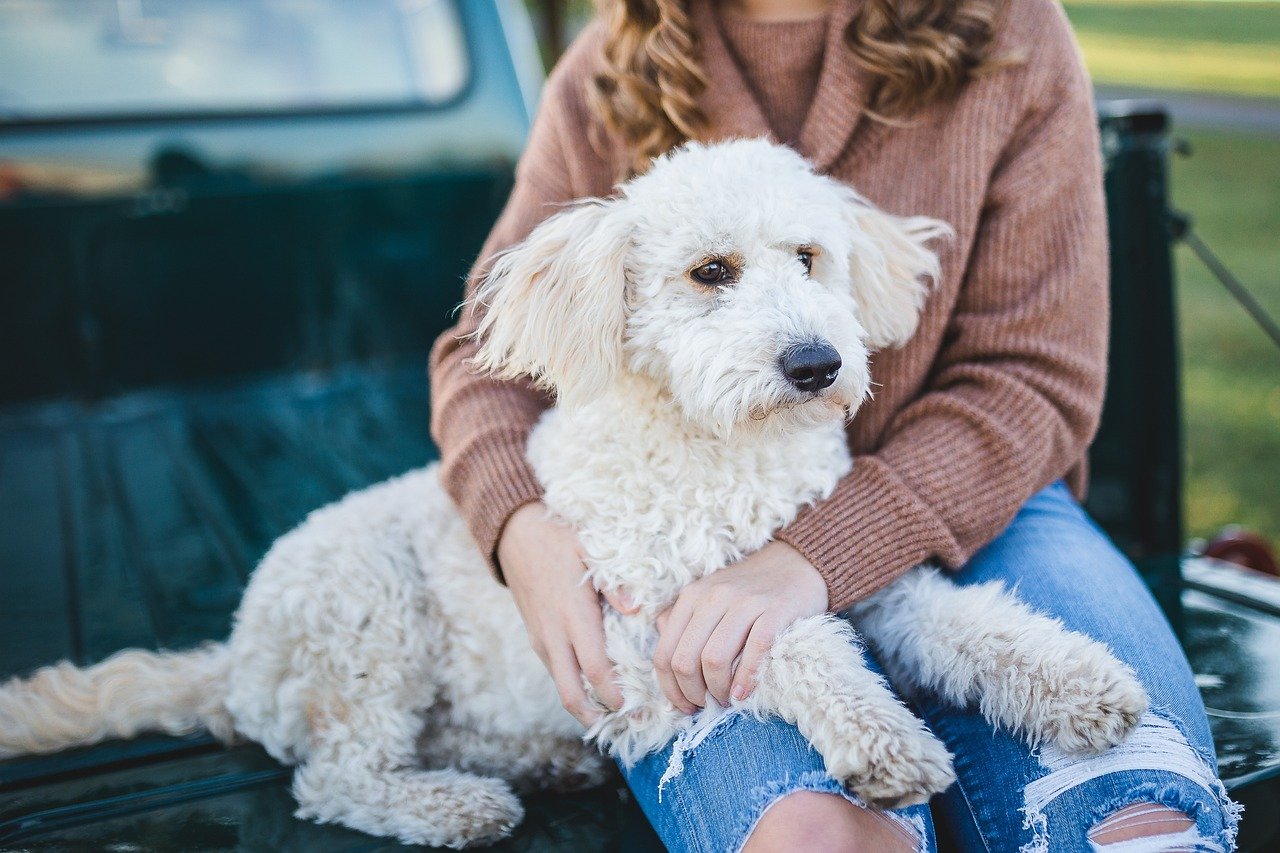
Imitation is a form of flattery, even in the animal kingdom. If your dog mimics your actions, such as yawning when you yawn or sitting when you sit, it’s a sign of bonding. This behavior shows they’re attuned to your actions and want to be in sync with you. It’s similar to how close friends or partners often mirror each other’s actions.
10. Shows Relaxed Body Language
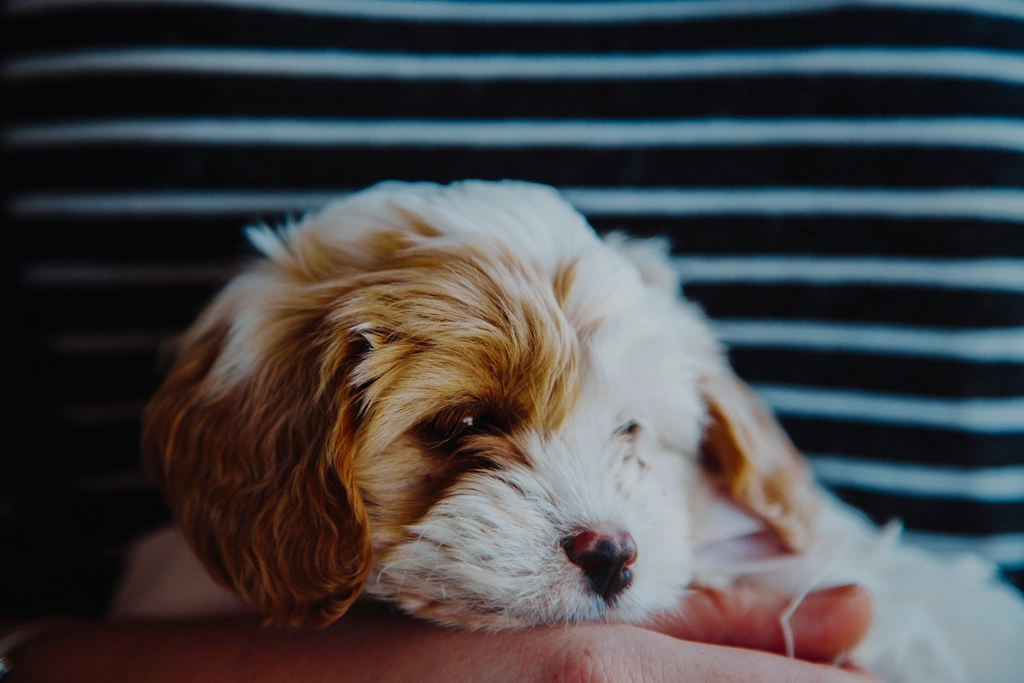
A dog that feels bonded with you will exhibit relaxed body language. If their body is loose, their tail wags gently, and their ears are in a neutral position, they’re comfortable in your presence. This relaxed demeanor is similar to how humans unwind in a safe environment. If your dog is calm and content around you, it’s a sign they trust and love you.
11. Hesitant to Approach
On the flip side, if your dog is still warming up to you, they might be hesitant to approach. This behavior can be likened to a shy person at a party, unsure of who to talk to. If your dog seems unsure or keeps a distance, it might mean they’re still figuring out their comfort level with you. Patience and gentle encouragement can help them feel more at ease.
12. Shows Signs of Nervousness
A dog that hasn’t fully bonded might display signs of nervousness, such as cowering, trembling, or avoiding eye contact. This is similar to how a person might feel anxious in unfamiliar surroundings. These signs indicate they’re still adjusting and need time to build trust. Providing a calm and reassuring environment can help ease their nerves.
13. Reluctant to Play

If your dog is hesitant to engage in play, it might be a sign they’re still warming up to you. Play is a bonding activity, and reluctance to participate can indicate a lack of comfort. It’s akin to a newcomer feeling too shy to join in a group game. Encouraging play and being patient can help your dog feel more connected over time.
14. Avoids Physical Contact

A dog that avoids physical contact might not have fully bonded yet. Just as a person might dodge a hug from someone they’re not close to, a dog might shy away from touch if they’re unsure. Respecting their boundaries and allowing them to approach at their own pace can foster trust and eventually lead to a stronger bond.
15. Displays Guarded Body Language
Guarded body language, such as a stiff posture, lowered tail, or pinned-back ears, can indicate a dog is still warming up. This is similar to how a person might cross their arms or avoid eye contact when feeling uncomfortable. Being observant of these cues and providing reassurance can help your dog feel more secure.
16. Prefers Solitude

If your dog often chooses solitude over spending time with you, it might mean they’re still adjusting. This behavior is similar to an introvert needing time alone to recharge. Giving them space while gradually introducing bonding activities can help them feel more comfortable and encourage them to seek your company.
17. Ignores Commands
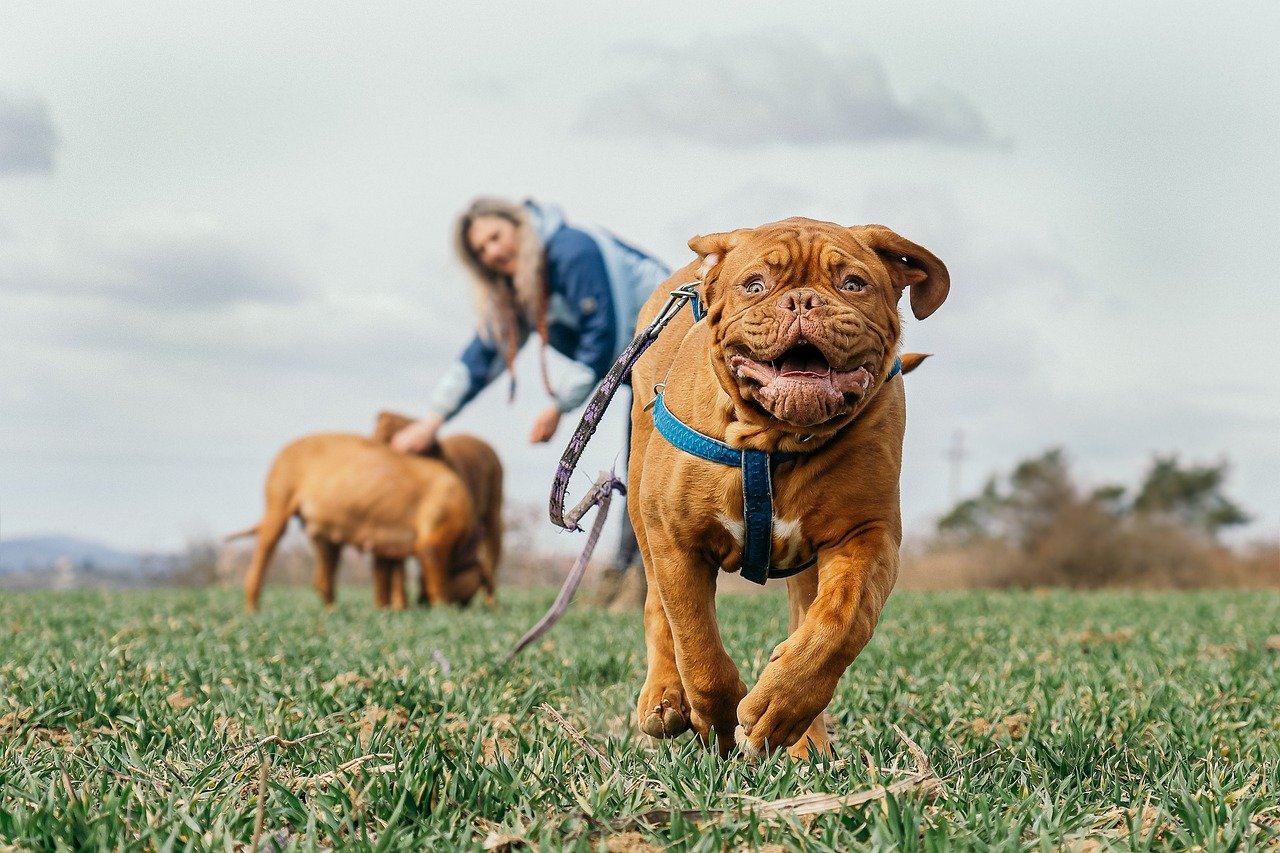
A dog that hasn’t bonded might ignore commands or seem disinterested in training. This can be likened to a student not paying attention in class because they’re not engaged. Building a positive training experience with rewards and patience can strengthen your bond and improve their responsiveness.
18. Doesn’t Seek Eye Contact
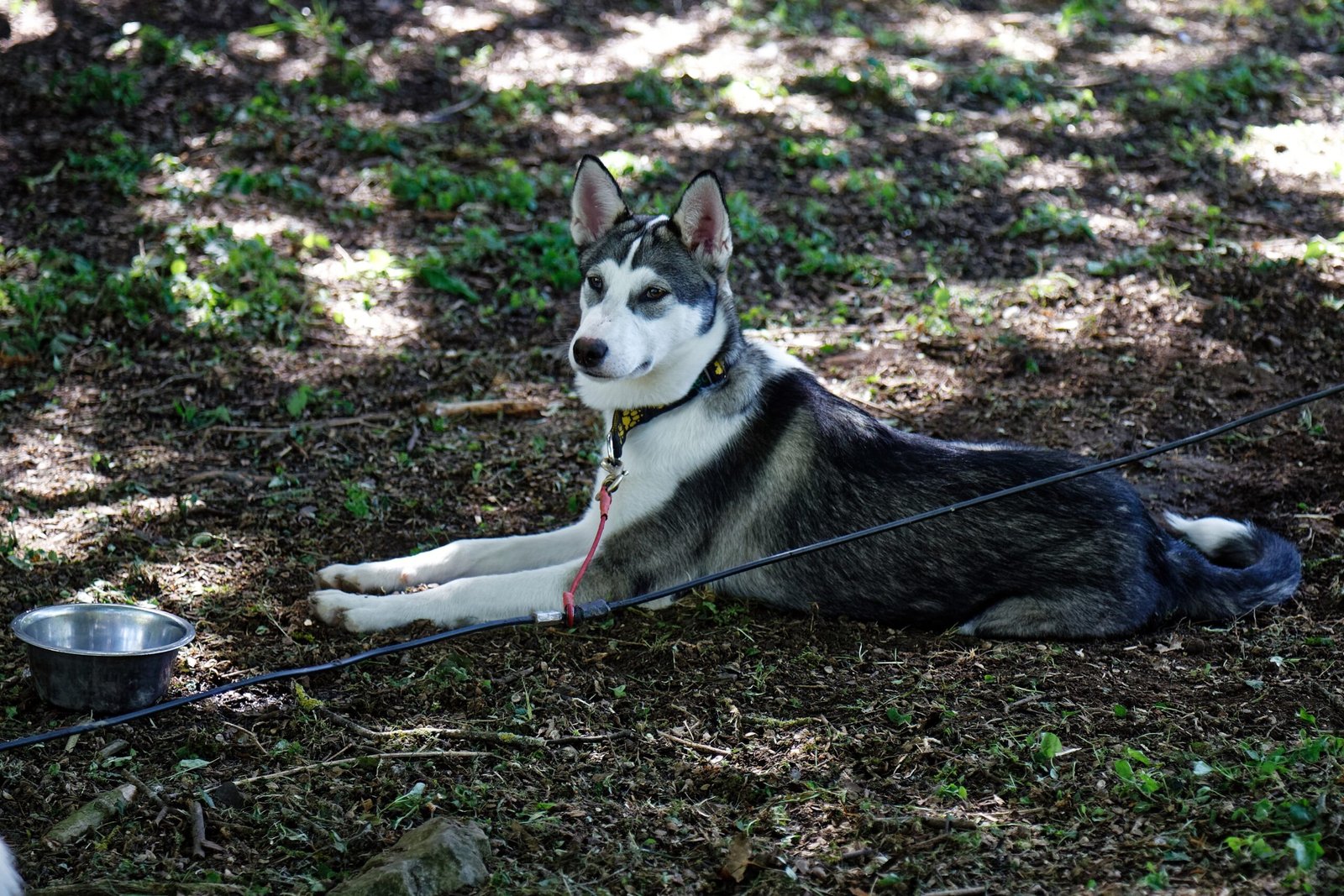
Avoiding eye contact can be a sign your dog is still warming up. Just as a person might avoid looking someone in the eyes when they’re unsure, a dog might do the same. Encouraging gentle interactions and rewarding them for making eye contact can help build trust and connection.
19. Acts Indifferent to Your Presence
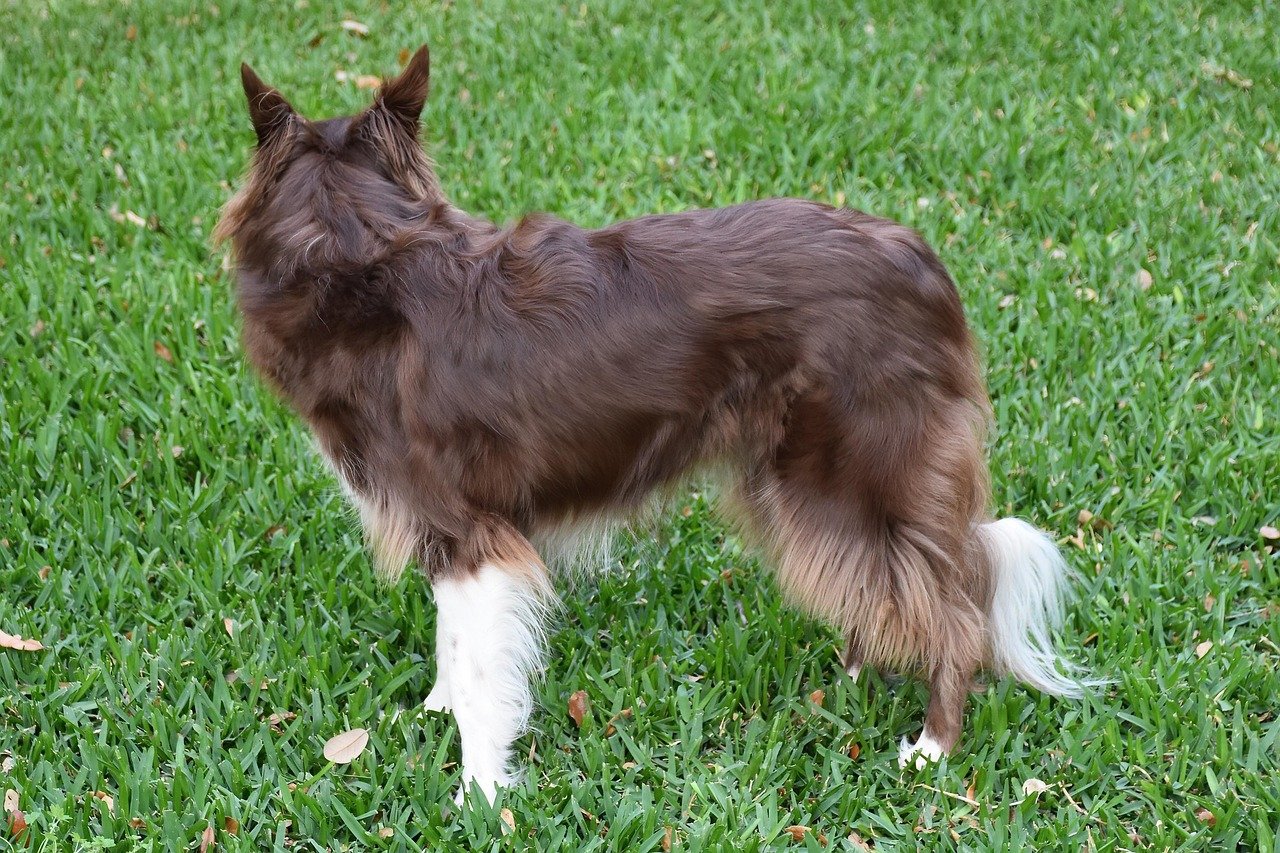
If your dog acts indifferent or doesn’t seem to notice when you enter a room, it might mean they’re still figuring out their feelings. This behavior is similar to someone being preoccupied and not acknowledging another’s presence. Engaging them in activities they enjoy can help draw them out and strengthen your bond.
20. Resistant to Grooming
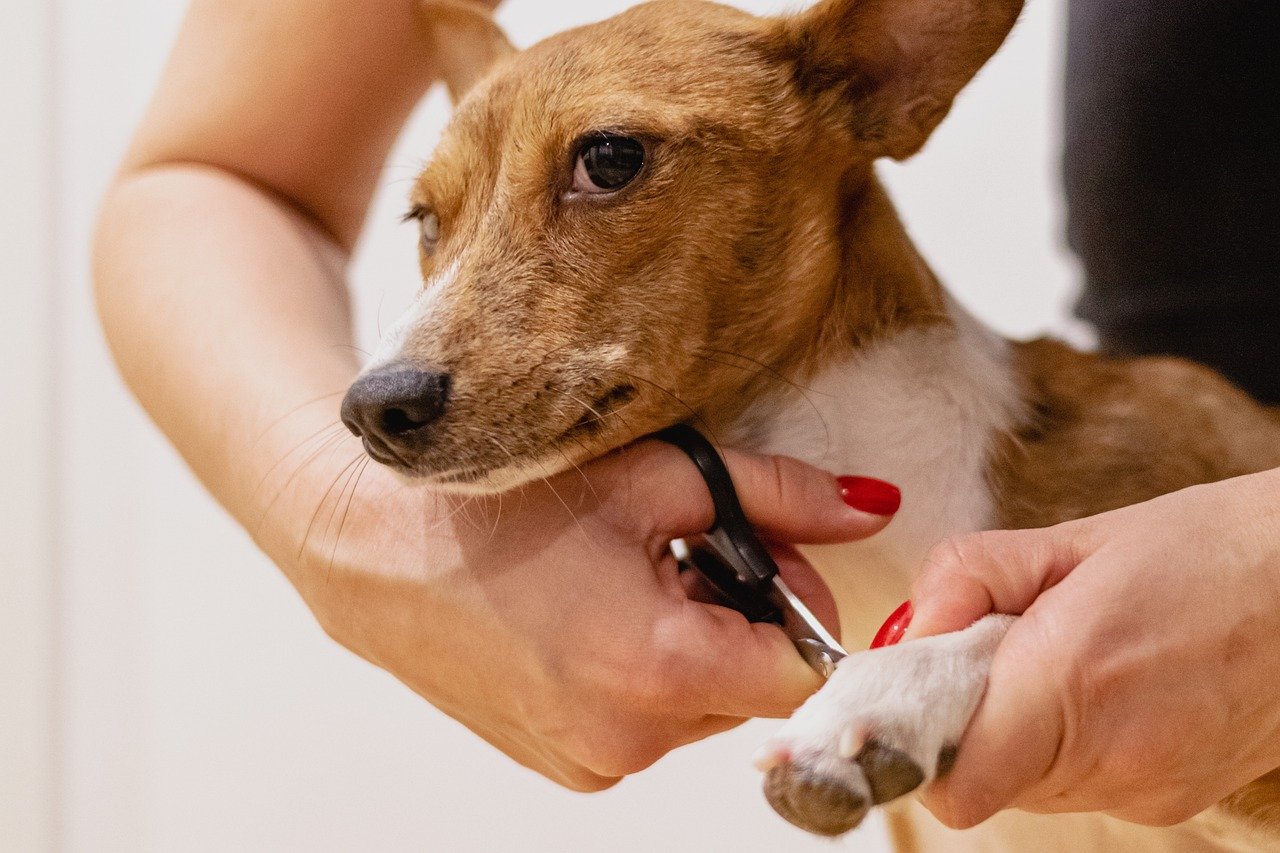
Grooming is an intimate activity, and a dog that resists being groomed might not feel fully bonded. This is akin to someone feeling uncomfortable with personal touch from a stranger. Building trust through gentle handling and rewarding calm behavior can help your dog become more comfortable with grooming and strengthen your bond.
In the journey of bonding with your dog, patience, understanding, and love are key. These signs can guide you in understanding where your relationship stands and how to nurture it further. Remember, every dog is unique, and their bonding process may vary. What signs have you noticed in your furry friend?

